Open data represents an opportunity for cities to reach universal accessibility. It shows the missing links of the mobility chain.
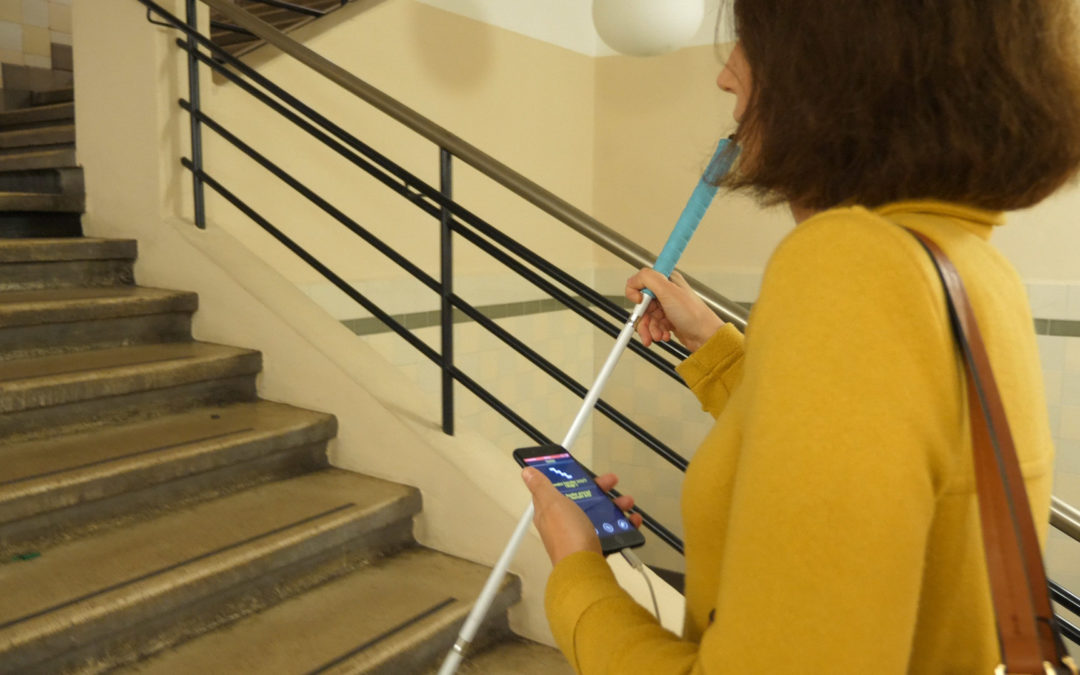
How Does a Blind Person Use Their Smartphone to Improve Their Mobility?
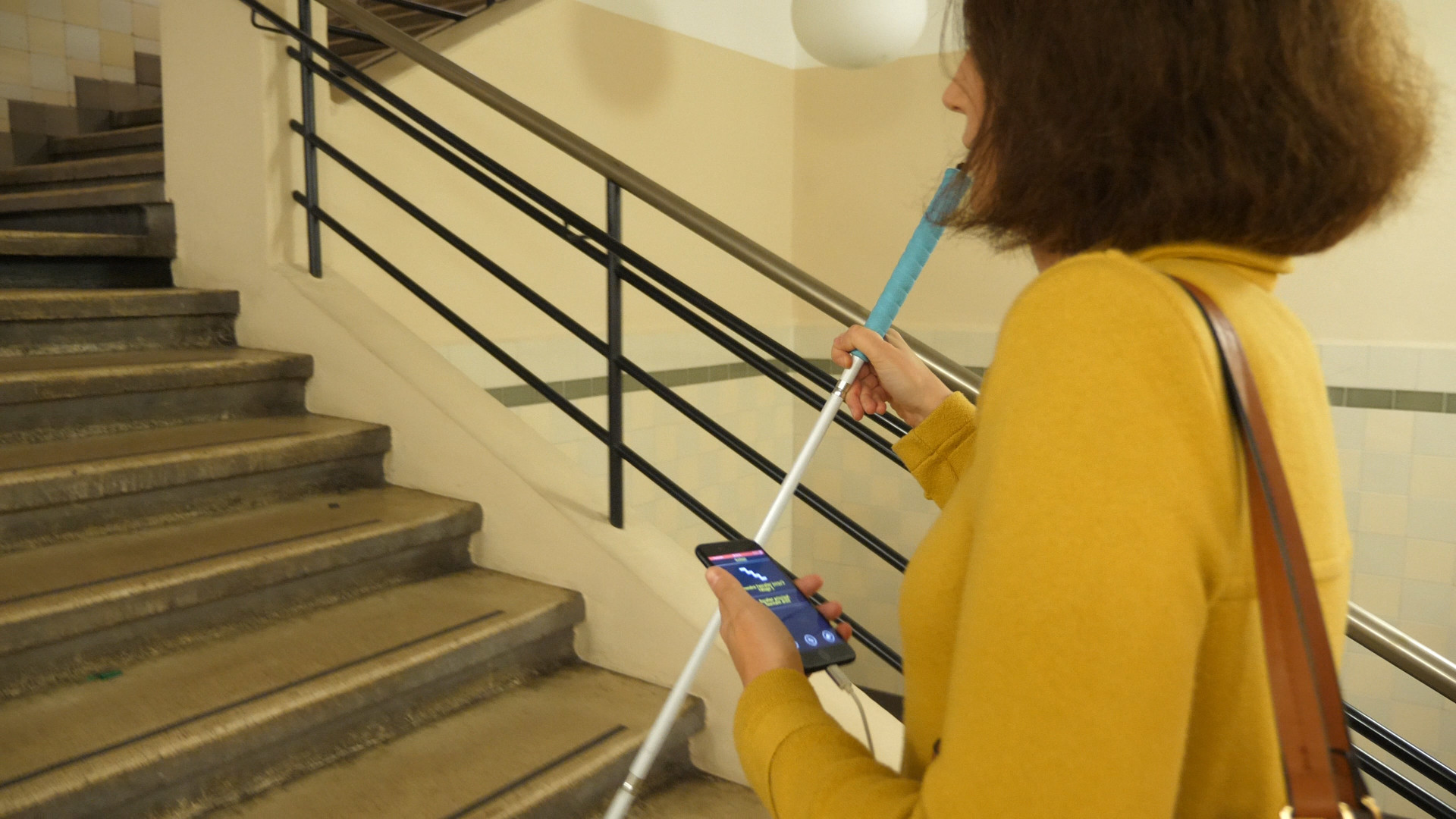
How Does a Blind Person Use Their Smartphone to Improve Their Mobility?
We know a guide dog can do many things for the mobility of its blind owner but they have their limitations. And that being accompanied by a sighted person is sometimes necessary. But is there a solution for blind and visually impaired people to be more independent and autonomous in their getting around?
The answer is simple: with a smartphone. It has turned into an everyday mobility assistant.
How do they use their smartphone exactly? How has it revolutionized their mobility and their way of apprehending cities and venues?
Let’s dive in what technology has best to offer: making the lives of people with a visual impairment easier.
The smartphone enhances inclusive mobility
This may probably surprise you but 89% of blind and visually impaired people use a smartphone. They can easily use their smartphone thanks to a screen reader.
Of those 89%, 69% use VoiceOver and 29.5% TalkBack.
They can send a text to a friend, reply to a colleague’s email, check out the weather forecast, subscribe to a Facebook page, do their shopping and pretty much anything other users do.
What interests us here is how a smartphone can help them get around in a city, how it can shape inclusive mobility.
Cross the street
We all know that accessible pedestrian signals are essential for them. Innovative and connected APS like aBeacon provide remote and on demand activation.
With just a smartphone app, they can activate the accessible pedestrian signal of the crossing.
The Ultimate Guide to Accessible Pedestrian Signals
Calculate their itinerary
The best way for blind and visually impaired people to tackle going to a new place is to fully prepare beforehand. They check out the specific address of the venue and calculate their itinerary.
This enables them to know how to reach their destination, which bus or subway line they need to use, and to organize as to arrive on time to their appointment.
Use public transportation
What’s the traffic like? When is the next bus due? People with vision disabilities can easily check their city’s public transit app.
If their city provides this service, they can also use the MaaS platform (Mobility as a Service). It regroups every mode of transport available. They can plan their trip and even pay for it directly on the platform.
Use a GPS
Google Maps is one of the most popular GPS. It provides people with vision disabilities real-time traffic information. Plus its “Accessible Places” feature can help them locate a building entrance.
It’s the perfect GPS to find their way in the city and get information on the location of venues.
But there’s also indoor GPS like Evelity, an inclusive navigation app.
It helps blind and visually impaired people find their bearings in a complex venue like a subway network, a college or university, a museum, a shopping mall…
Evelity provides step-by-step audio instructions with an accuracy up to 1 meter. It’s currently being tested at the JaySt-MetroTech subway station in New York City.
Locate the entrance of a subway station or a public venue
Before being able to use Evelity within a subway station, people with visual impairments first need to locate the entrance of the subway station.
An audio beacon remains the most cost-effective and easiest solution to implement.
When a blind person is nearby the subway station, they just have to activate its audio information using the dedicated smartphone app. The message can indicate the direction of the line and the opening hours of the station.
Once the audio beacon emits its message, the blind person can easily go towards it. And later on use Evelity.
This represents the perfect example of phygital: the combination of a physical equipment and a digital solution to improve accessibility.
What Is a Phygital Experience and How Can It Improve the Accessibility of Your Venue?
The smartphone is a powerful ally for the mobility of blind and visually impaired people
You’ve seen how people with vision disabilities can use their smartphone as a mobility assistant. But are you sure to understand the impact it has on their lives? And what it means for our cities and public venues?
More autonomy when getting around
Using their smartphone, people with a visual impairment don’t need human assistance to find their way in a complex venue nor to find the entrance of the subway station. They remain autonomous.
And they take their mobility into their own hands. They can assess their options regarding their means of transportation. It’s entirely up to them.
Plus, if a public transport gains more accessibility thanks to an inclusive navigation app, this means blind and visually impaired people can use it instead of paratransit services.
Not having to rely on human assistance or paratransit services means less costs for a venue or a public transport authority.
Paratransit Services for People with Disabilities: Yes You Can Reduce Their Costs
Easy-to-use device
Blind and visually impaired people who use their own smartphone are already familiar with its features. They don’t need time to set it up nor to follow complicated directions for use. It’s more practical and easier for them to use their own smartphone than an unknown device.
For venues, cities and public transit, this means they just have to make the technology available to them: implementing accessible pedestrian signals like aBeacon that can be activated with an app and deploying an indoor navigation system like Evelity.
A mobility at hand
What’s also convenient with a smartphone is that we carry it in our pocket so we always have it on us.
In the end, blind and visually impaired users just have to carry their smartphone. They don’t need to rely on another object they may forget at home.
For venues and cities, this means they’re not responsible for setting up other equipment. They just have to make sure smartphones can be used.
A tool to collect accessibility data
More and more cities bet on opening data to make their services fully available to their residents.
For blind and visually impaired people, this means knowing what crossings are equipped with accessible pedestrian signals.
For cities, this means they can have information about the routes used by people with visual impairments. This can help them make the appropriate choice regarding the installation of other APS.
This is just an example of what collecting accessibility data can do. What’s sure is that it’s a win-win situation for cities and blind and visually impaired residents alike.
As you can see, we all are more connected and blind and visually impaired people are no exception. But for them, a smartphone represents more freedom in their getting around. And this is priceless.
Want to know more about the use of technology to help blind and visually impaired people? Check out these articles:
13 Must-Have Apps for Blind and Visually Impaired People
Mobility Apps for Blind People or How Technology Can Replace Special Assistance at the Airport
Published on December 16th, 2022
media
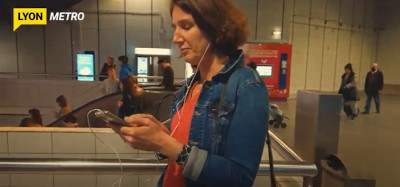
Using their smartphone, people with a visual impairment don’t need human assistance to find their way in a complex venue nor to find the entrance of the subway station. They remain autonomous.
writer

Carole Martinez
Content Manager & Copywriter
stay updated
Get the latest news about accessibility and the Smart City.
other articles for you

How Does a Blind Person Use Their Smartphone to Improve Their Mobility?
The smartphone has revolutionized the mobility of blind and visually impaired people.
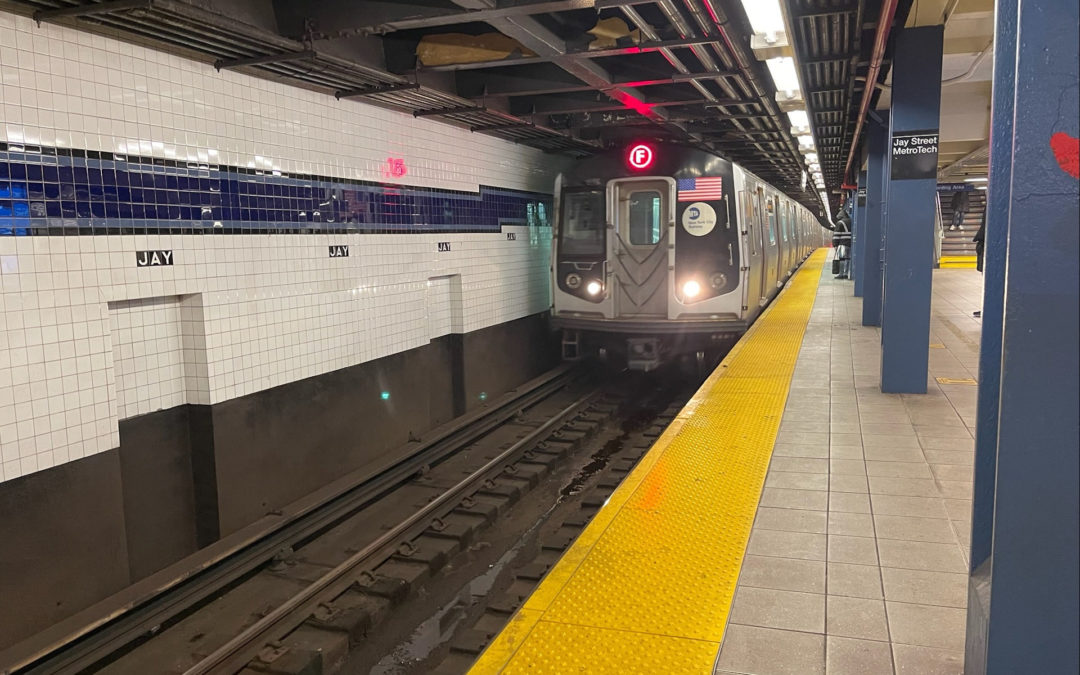
How to Foster Inclusive Mobility at Public Transit?
What inclusive mobility solutions can improve the accessibility of public transit? Are they cost-effective? The answer lies with phygital…
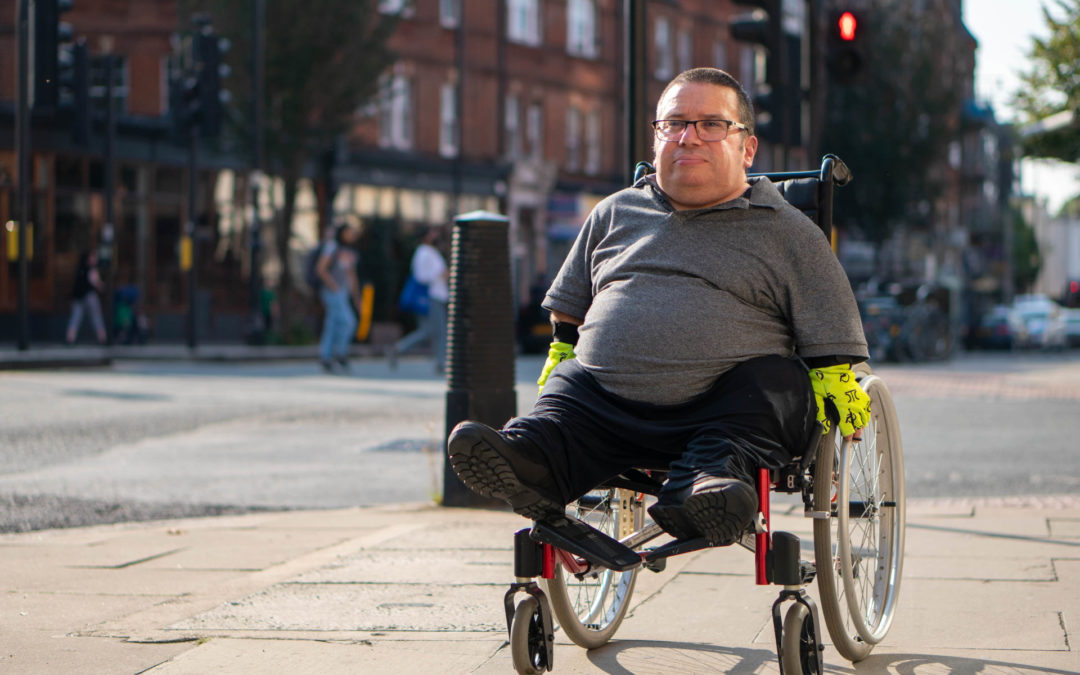
Paratransit Services for People with Disabilities: Yes You Can Reduce Their Costs
Public agencies spend millions of dollars for paratransit services. But a cost-effective solution could make public transit more accessible for riders with disabilities.
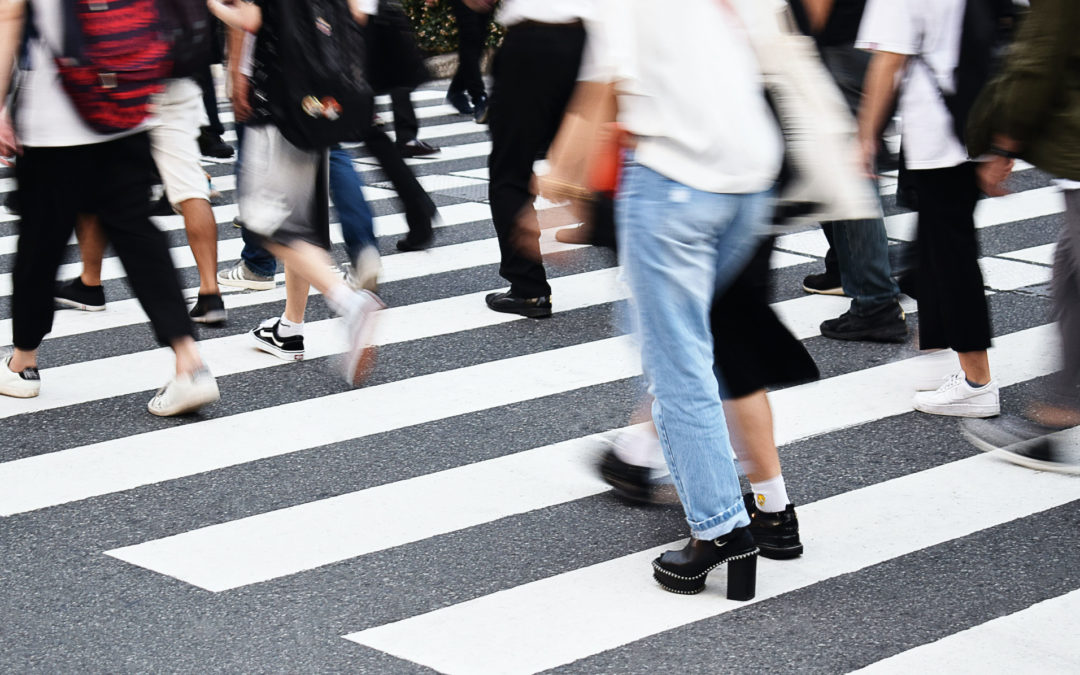
The Crosswalk: Thousands of Years of Evolution
Did you know the first crosswalk emerged in the city of Pompeii more than 2000 years ago? Check out how it has evolved since Antiquity!
share our article!
more articles
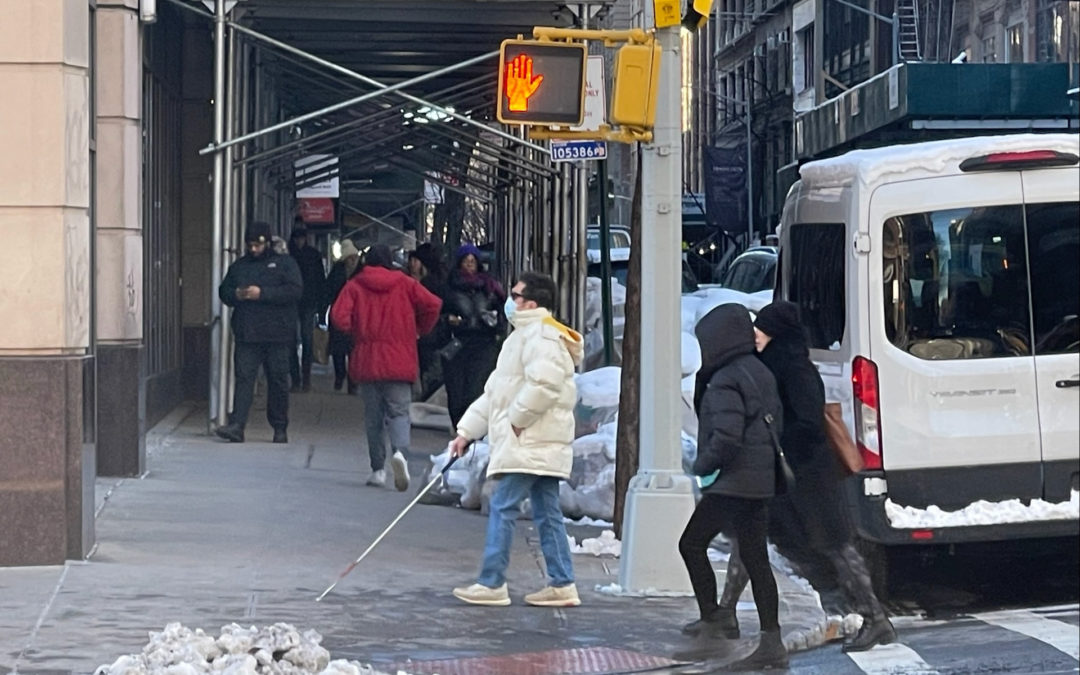
Blindness, Low Vision, What Are the Different Forms of Visual Disability?
Blindness, Low Vision, What Are the Different Forms of Visual Disability? Approximately 12 million American people are affected by a visual disability and no less than 253 million people in the world. Who are they? What are their needs? How can we facilitate...
7 Good Reasons to Install Audio Beacons at Your Public Transport Network
7 Good Reasons to Install Audio Beacons at Your Public Transport NetworkHave you heard of audio beacons? It’s probably one of the most effective solutions to help blind and visually impaired people find their way in a complex venue. In a public transport system, audio...
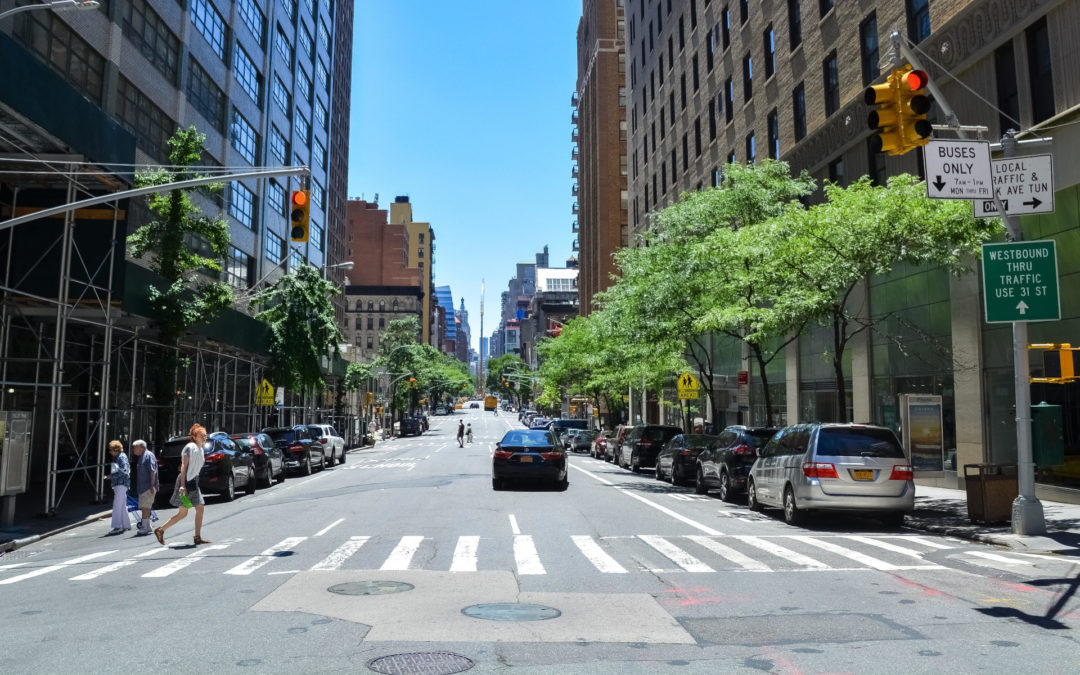
The Ultimate Guide to Accessible Pedestrian Signals
The Ultimate Guide to Accessible Pedestrian Signals Table of contents What are accessible pedestrian signals?Why do cities have accessible pedestrian signals?Who are APS for?How do audible traffic signals work exactly?What is pedestrian detection?Why are...

What You Need to Do to Ensure Accessibility for Deaf People at Public Venues
What You Need to Do to Ensure Accessibility for Deaf People at Public VenuesIf your venue welcomes and receives people then accessibility for deaf people isn’t something to take lightly! How can your venue be accessible to the hearing impaired? What do you need to...
NEVER miss the latest news about the Smart City.
Sign up now for our newsletter.
Unsubscribe in one click. The information collected is confidential and kept safe.
powered by okeenea
The French leading company
on the accessibility market.
For more than 25 years, we have been developing architectural access solutions for buildings and streets. Everyday, we rethink today’s cities to transform them in smart cities accessible to everyone.
By creating solutions ever more tailored to the needs of people with disabilities, we push the limits, constantly improve the urban life and make the cities more enjoyable for the growing majority.



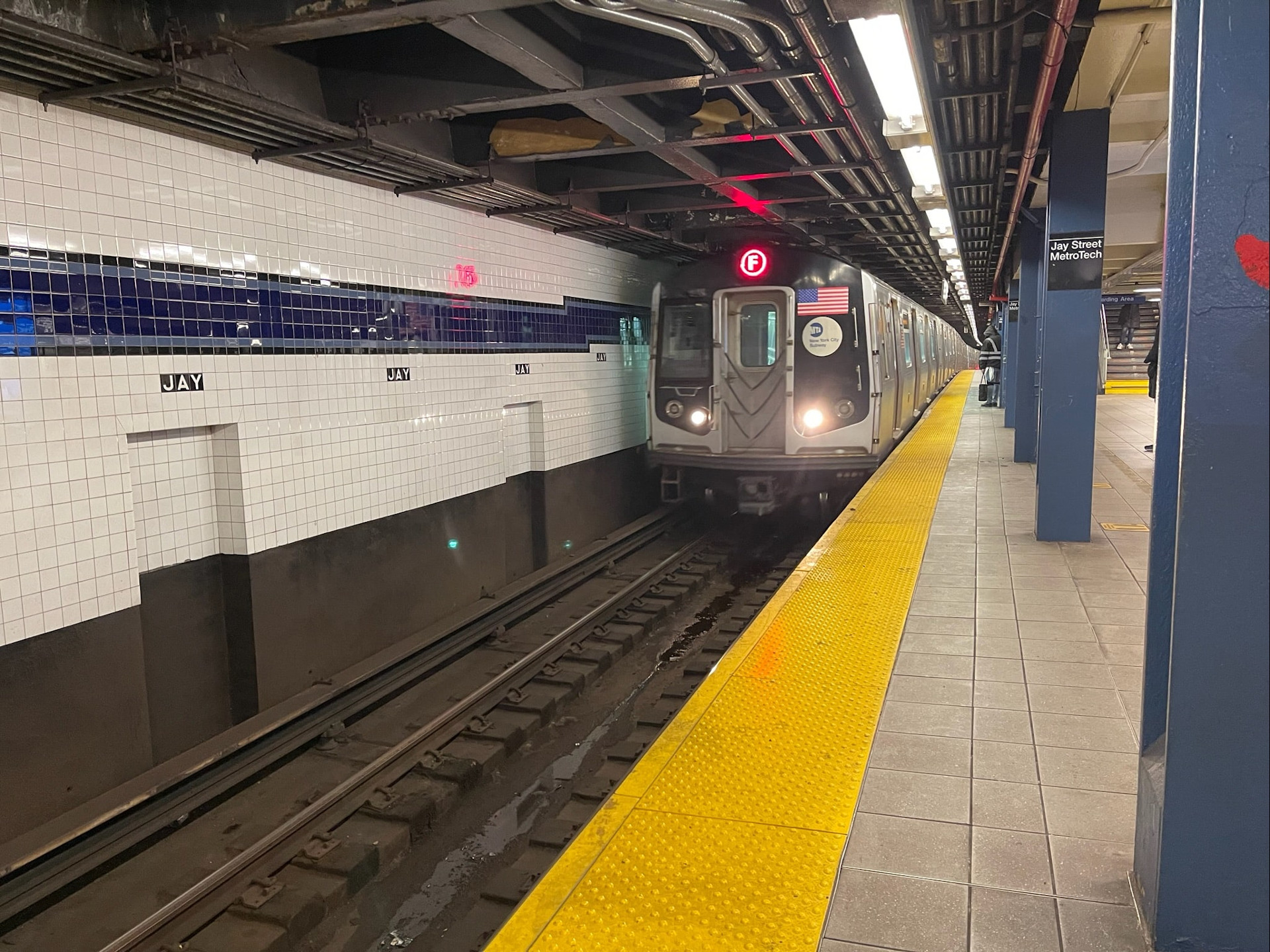
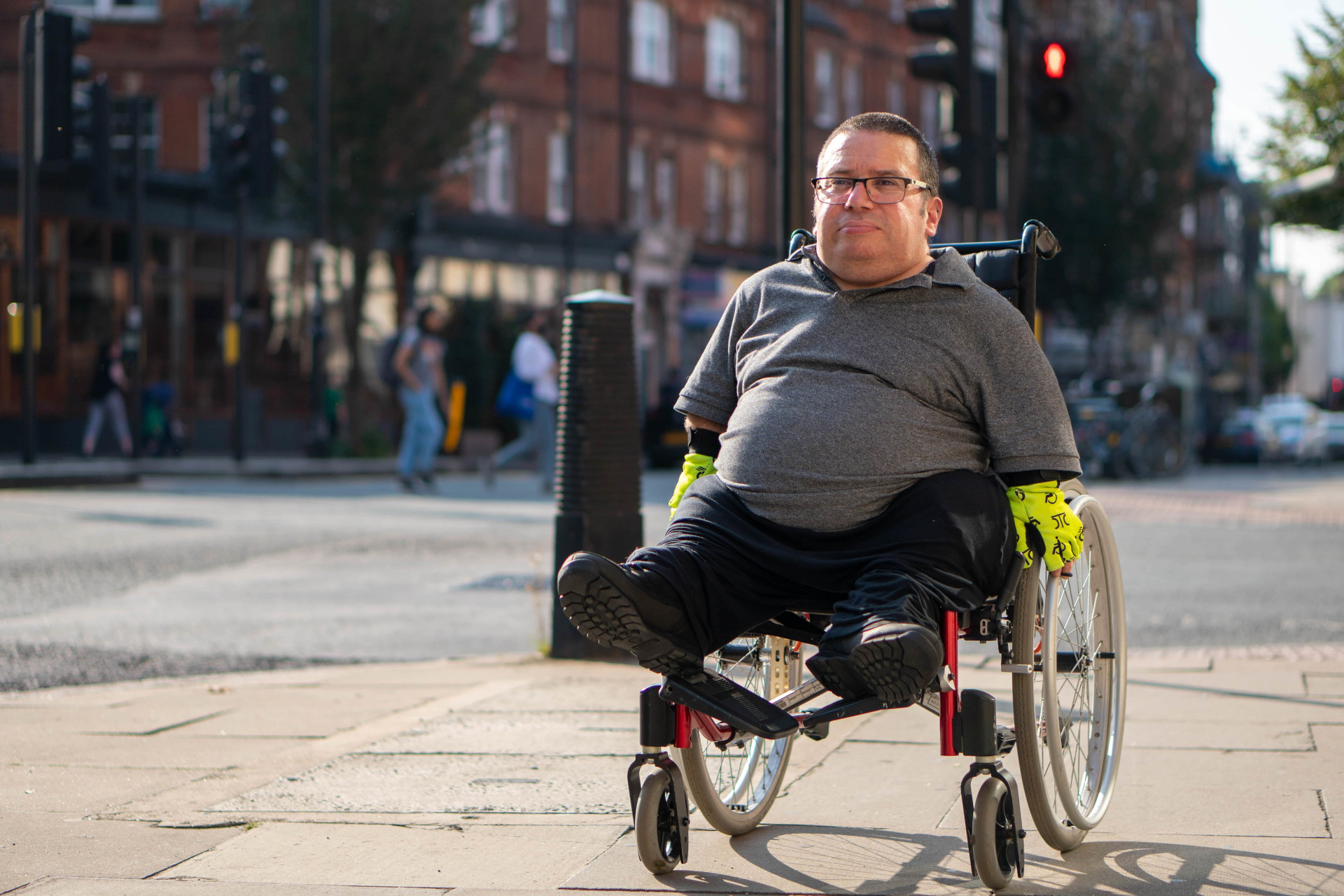
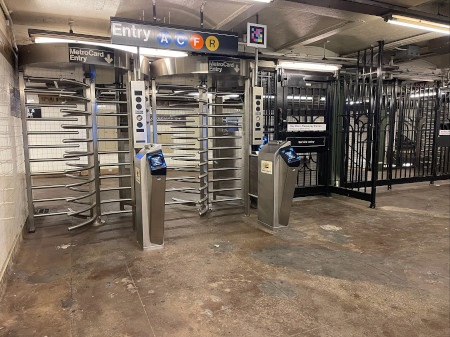
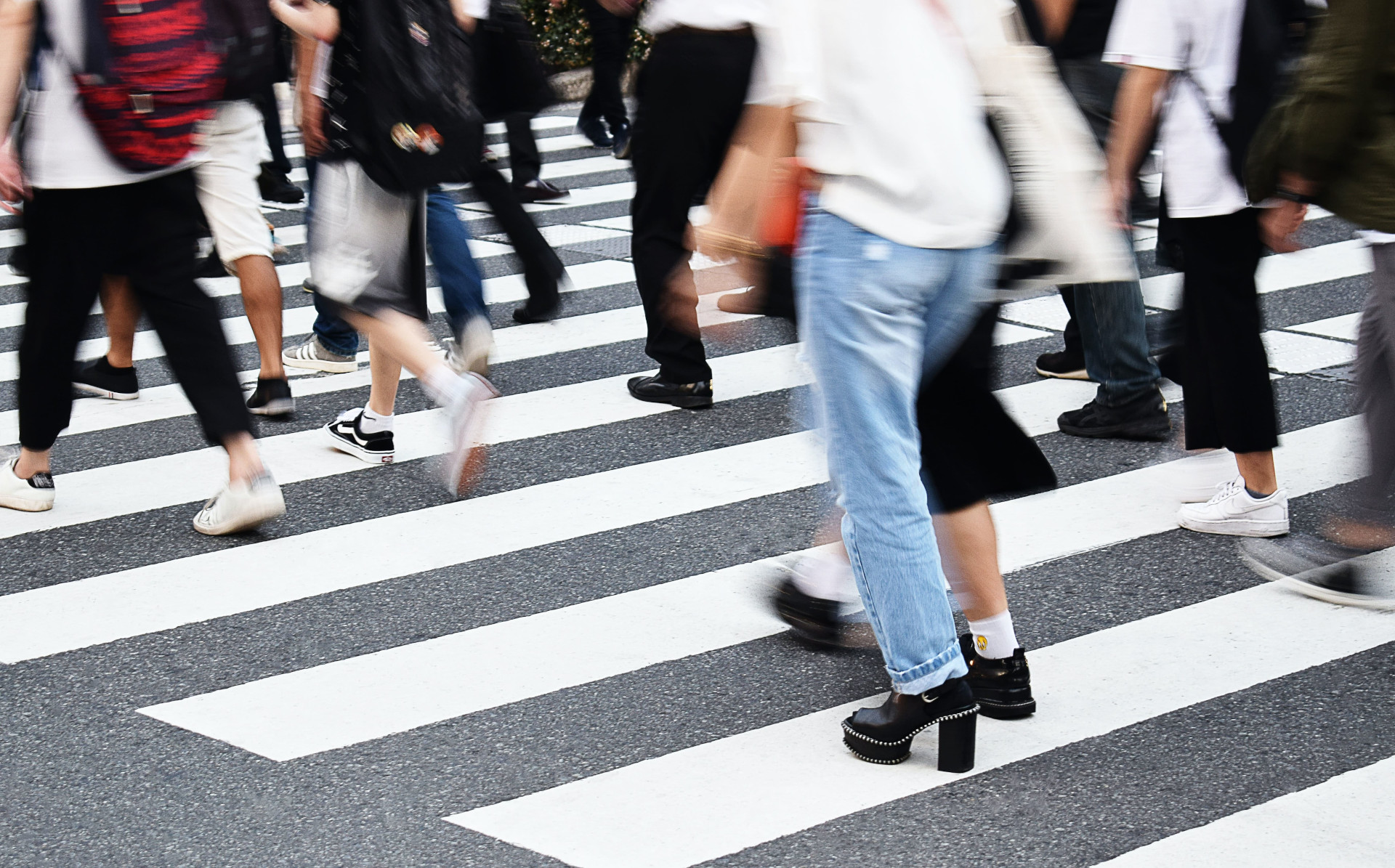
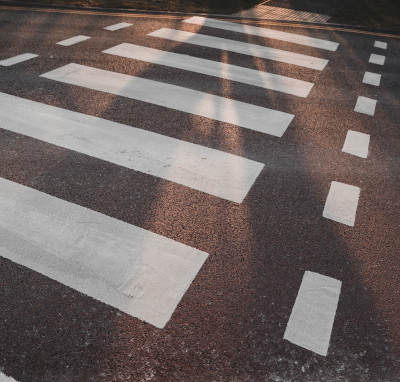

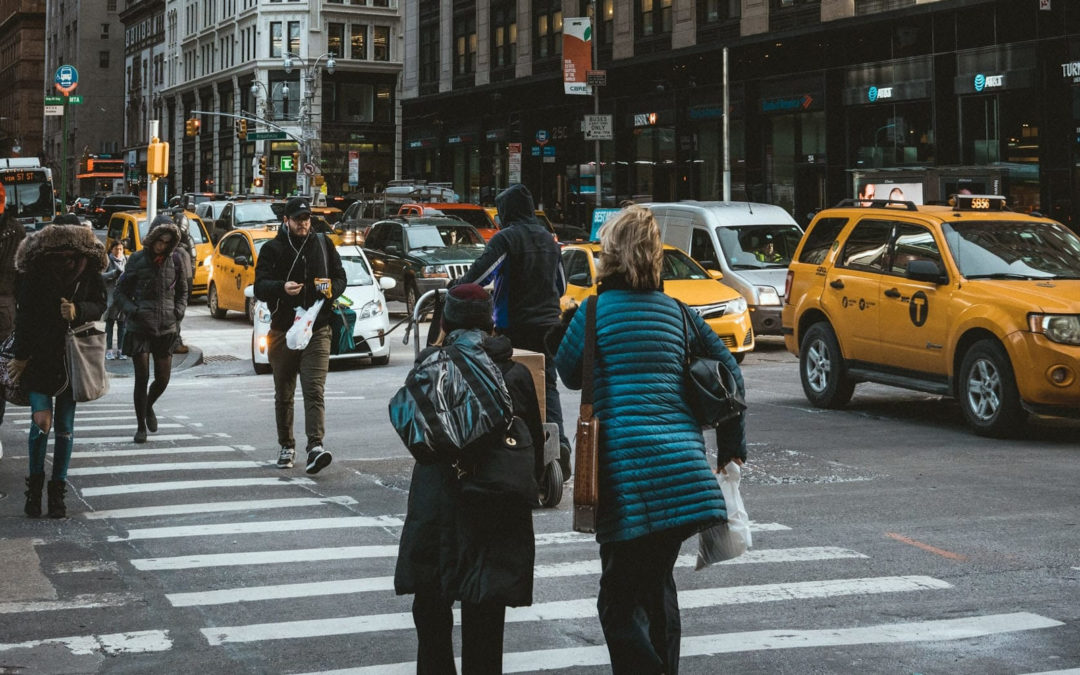
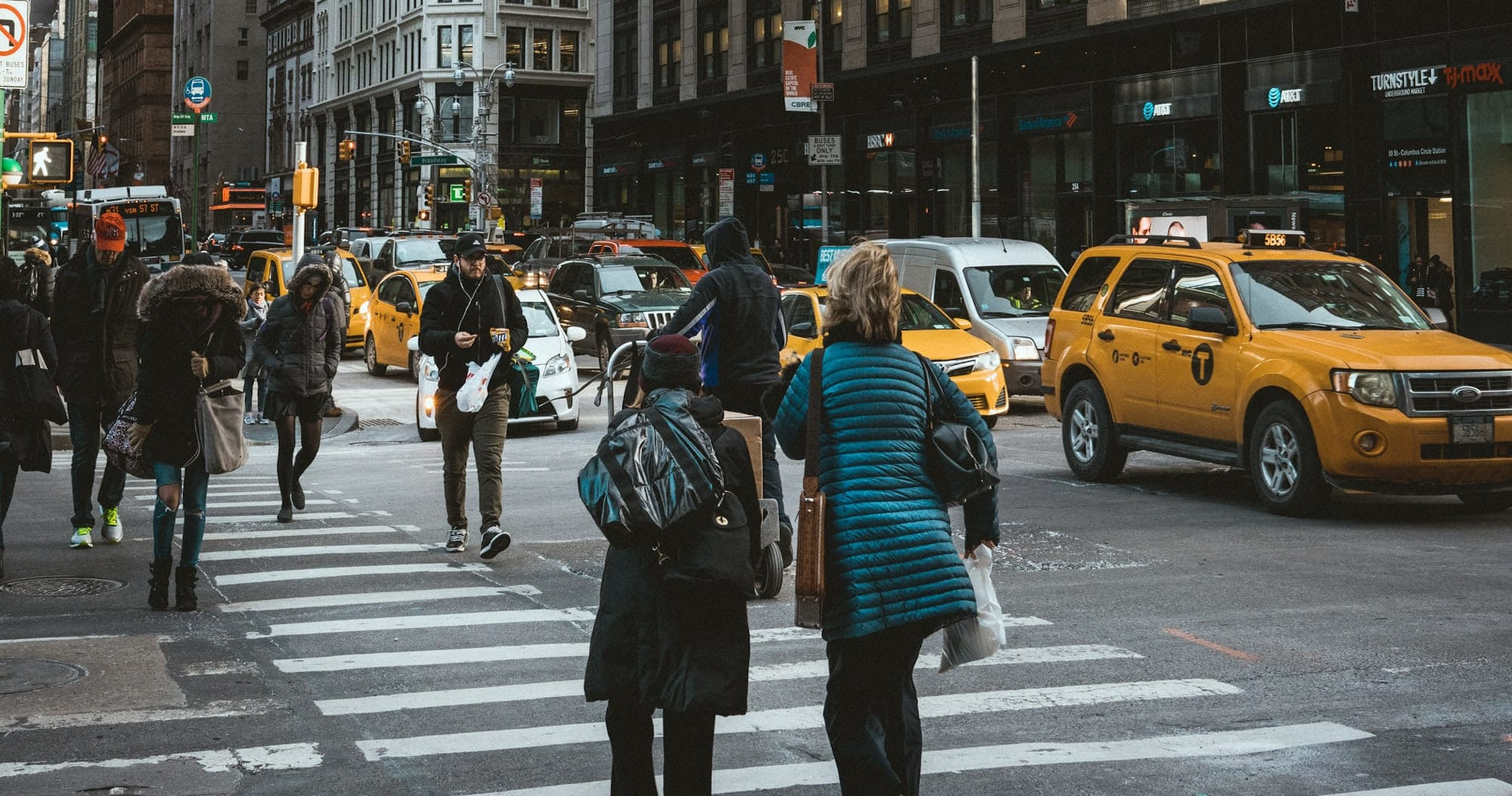
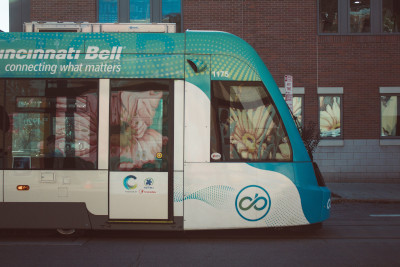
Recent Comments